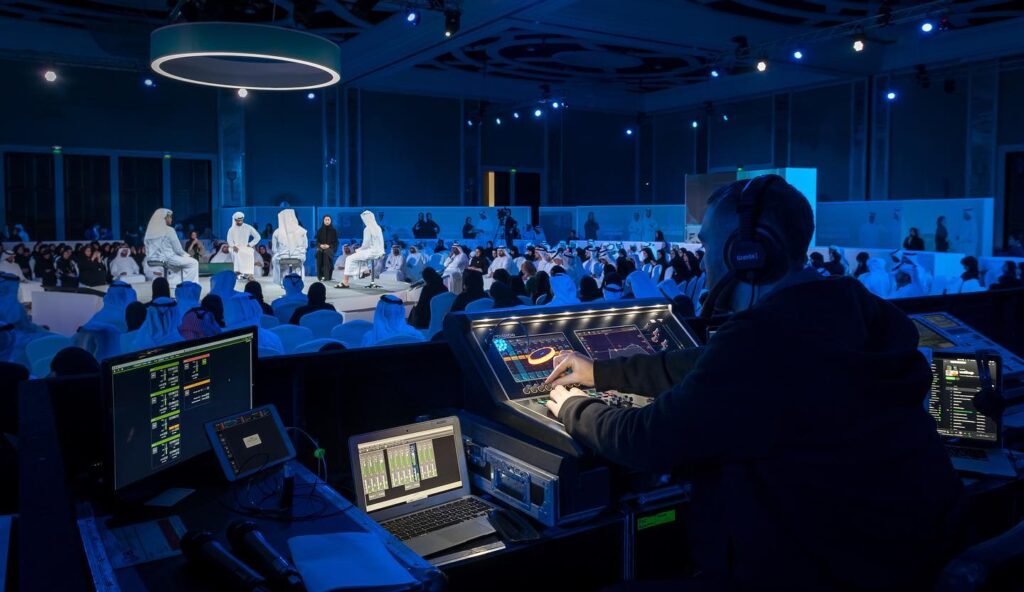Configuring AV Equipment For Conference Rooms

Setting up audio-visual (AV) equipment for conference rooms requires careful planning and expertise to ensure smooth communication and presentations. Conference room AV specialists play a vital role in designing and installing systems that meet the specific needs of businesses. Here’s a guide on configuring AV equipment for conference rooms:
Assess the room’s requirements:
Before setting up AV equipment, assess the conference room’s size, layout, and purpose. Consider the number of participants, the type of presentations, and the room’s acoustics. For small to medium-sized rooms, basic setups might include a projector or large screen, speakers, and a microphone system. Larger rooms or those with more complex needs may require multiple displays, advanced audio systems, and integrated control systems. Understanding these requirements helps tailor the equipment configuration to suit the room’s specific needs.
Select the right equipment:
Choosing the appropriate AV equipment is essential for achieving optimal performance. For visual display, options include projectors or large flat-screen monitors. Consider the room’s lighting conditions and screen size to ensure clear visibility. For audio, select high-quality speakers and microphones suited to the room size. Wireless microphones offer flexibility, while conference microphones provide clear audio capture in meetings. Incorporate a soundbar or external speakers for improved audio quality if necessary.
Ensure smooth connectivity:
Connectivity is key for smooth operation of AV equipment. Ensure that all devices can connect easily to laptops, tablets, and other devices used during meetings. Provide multiple input options, such as HDMI, VGA, and USB ports, to accommodate various devices. Consider incorporating a wireless presentation system or screen mirroring technology to allow participants to share content without the need for cables. Proper cable management is also important to avoid clutter and ensure a tidy setup.
Integrate a control system:
A central control system simplifies the management of AV equipment and improves user experience. This system allows users to control multiple devices, such as projectors, screens, and audio equipment, from a single interface. Touchscreen panels or remote controls can be programd to manage various functions, such as adjusting volume, switching inputs, and starting presentations. Integrating a control system reduces complexity and ensures that users can operate the equipment efficiently.
Test and calibrate the equipment:
Once the equipment is installed, thoroughly test and calibrate it to ensure optimal performance. Check the audio levels, test the video quality, and adjust settings as needed. Ensure that the microphone picks up sound clearly and that speakers deliver even audio distribution throughout the room. Conduct trial runs with different devices and presentations to identify and address any issues. Proper calibration ensures that the equipment functions correctly and meets the needs of the conference room.




